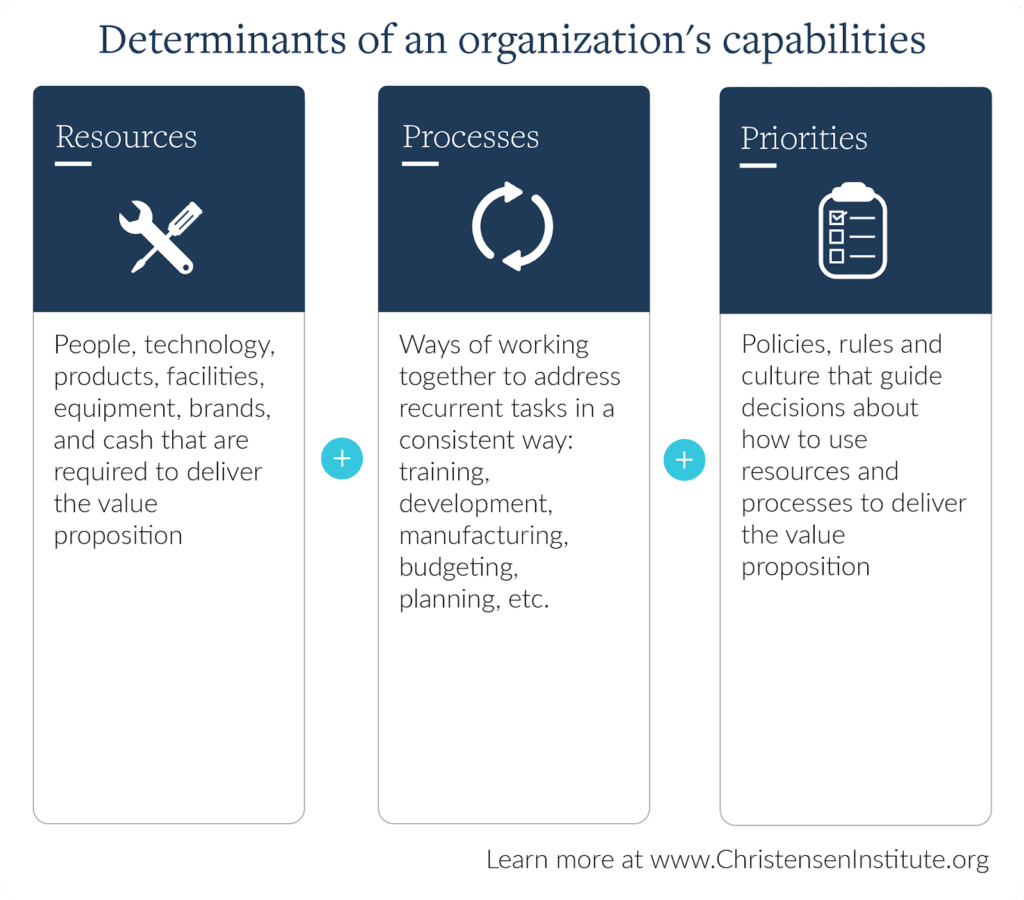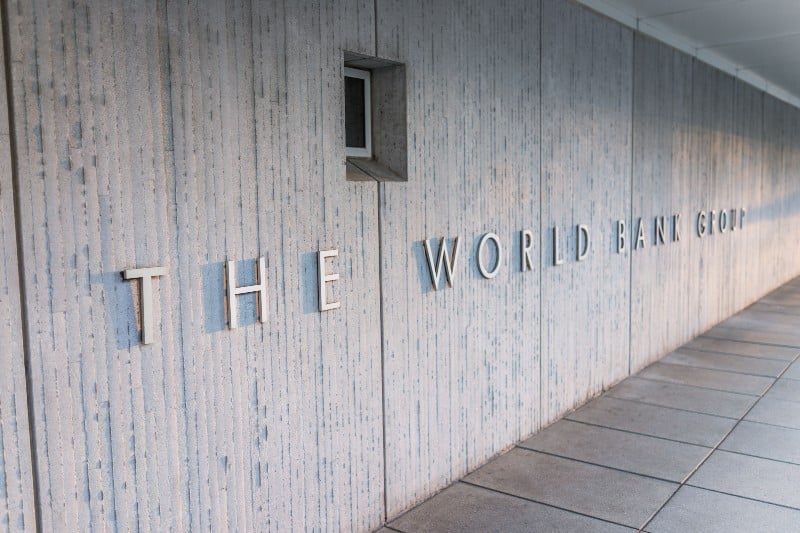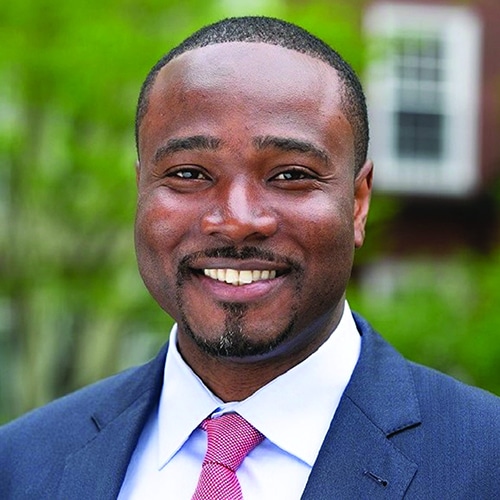In fewer than five years, the World Bank has cycled through three Presidents. Jim Yong Kim left the bank abruptly in 2019 (a move that necessitated Kristalina Georgieva to serve as acting President for two months); David Malpass didn’t finish his first five-year tenure and left in June, 2023; and now, Ajay Banga, the former CEO of Mastercard Inc., sits at the helm of the world’s most prominent development institution.
Banga has his work cut out for him.
In addition to making good on the Bank’s mission to “end extreme poverty and promote shared prosperity in a sustainable way,” Banga must figure out a way to boost employee morale. In his first memo to the Bank’s 16,000 staff members, Banga wrote, “Making good on our ambition will require us to evolve to maximize resources and write a new playbook, to think creatively, take informed risks and forge new partnerships with civil society and multilateral institutions.”
How might Ajay Banga write a new playbook for the World Bank? By changing the organization’s capabilities.
An organization’s capabilities consist of three elements in its business model. It’s resources, processes, and priorities.
Resources are the most tangible of the three. They include things such as the organization’s equipment, technology, cash, buildings, staff, intellectual property, brand, and many other assets. Resources are the most flexible of the three elements and are the most easily bought and sold of the three.
Some of the World Bank’s resources are the 16,000 staff working hard to accomplish its mission, its total assets of almost $330 billion dollars as of March 2023, and the high-level relationships it has with public and private sector officials globally.
Processes are the patterns of interaction, coordination, communication, and decision making through which organizations create value as they transform inputs of resources into products and services of greater worth. Processes include things like how an organization conducts market research, hiring, budgeting, and other aspects of its business. Some processes are explicitly defined, documented, and followed while others are habitual or routine ways of working together that have evolved over time.
For example, in Banga’s memo to employees, he writes about one of the Bank’s arduous and inefficient processes for financing projects which can take up to three years. “The process is overly elaborate and subject to multiple review mechanisms that not only cost valuable years but erode staff ambition,” he said, adding to a “trust deficit” among developing countries.
The third component that makes up an organization’s capabilities is its priorities. Priorities affect what an organization can and cannot accomplish. Priorities are essentially the policies, rules, and culture that have emerged over time to guide decisions about how organizations use their resources and processes.
Banga finds himself in a unique position as the World Bank has added climate change to its list of priorities. In fact, Banga’s vision for the Bank is to “create a world free from poverty on a livable planet.” This means that, in addition to investing in projects that can help lift people out of poverty, Banga’s World Bank must consider the climate implications of such projects.

Changing the Bank’s playbook will only work if Banga changes its capabilities, starting with its resources.
In picking the right staff to realize his vision, Banga must look for people with the right schools of experience. “In order to be confident that managers have developed the skills required to succeed at a new assignment, one should examine the sorts of problems they have wrestled with in the past. It is not as important that managers have succeeded with the problem as it is for them to have wrestled with it and developed the skills and intuition for how to meet the challenge successfully the next time around,” noted the late Harvard Business School professor, Clayton Christensen, and his co-author Michael Raynor.
Banga, for instance, wants the Bank “to think creatively, take informed risks and forge new partnerships…” If he doesn’t find people who can do those things, unfortunately, he will not succeed.
Banga can also change the Bank’s processes in order to accomplish his vision. Although more difficult because processes, by their very nature, are not meant to change, it is possible. One of the best ways to do this is by assigning new tasks to people and organizing them into the appropriate teams to accomplish them.

Banga’s task ahead will not be easy. Most people in the world are still struggling to grasp at prosperity, and many poor country governments are weighed down by a debilitating debt burden which is forcing them to choose between funding education and paying interest on their loans. But by simply understanding the Bank’s capabilities and how to change them, Banga can be the most consequential World Bank president in decades.



